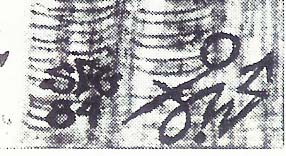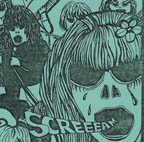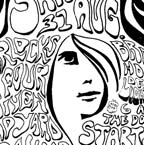(Wallflower Dave Rinck explains how an Iguana bested the Lizard King.)
 Look, let’s talk about five words that loom large in the history of the Che Underground ... Or OK, well ... To be more precise, five words that loom enormous in the history of all underground: Iggy Pop and the Stooges.
Look, let’s talk about five words that loom large in the history of the Che Underground ... Or OK, well ... To be more precise, five words that loom enormous in the history of all underground: Iggy Pop and the Stooges.
I guess everyone knows this story, but it apparently goes something like this: Sometime in the late '60s (as the legend goes), in some gritty-poor Detroit neighborhood, a bunch of really bad-ass white-trash dudes left their trailer-park homes one night and went down to the University of Michigan gym and caught a show by the Doors, who happened to be on tour at the time.
Well, as fate would have it, Jim Morrison was drunk, and most of the crowd didn’t get it, and they ended up pissing him off, and he ended up getting into a bit of a shouting match with the audience, and you know how those college jocks are. But apparently one guy in the audience did get it -- one of those trailer-park bad asses -- an upstart little punk by the name of James Osterberg.
Read moreThis We Dug: Iggy Pop
 Here's a first entry for the new Che Underground YouTube channel: a 1994 desktop-video experiment by the Ho Hos, the band of San Diego expats I co-founded in mid-'90s San Francisco.
Here's a first entry for the new Che Underground YouTube channel: a 1994 desktop-video experiment by the Ho Hos, the band of San Diego expats I co-founded in mid-'90s San Francisco.


















